Netflix’s Mank is a Hollywood whodunit that has nothing to do with solving a murder, but everything to do with solving the mystery of who actually wrote the script for the 1941 film Citizen Kane. For decades, cinephiles have debated, thanks to a controversial essay by film critic Pauline Kael, whether Herman J. Mankiewicz (a.k.a. Mank) should be the sole screenwriter credited on the legendary film. Citizen Kane director Orson Welles also has a writing credit on the film, though, Kael argued he shouldn’t. To help you come to a fair conclusion, you’ll definitely need to know the true story behind every character in Mank. Most of whom are based on real people with real connections to the man for which the movie is named. (A hint, perhaps, that the film, directed by David Fincher, takes a side.)
While many of the players in the film are notable Hollywood names — actress Marion Davies, newspaper publisher William Randolph Hearst, director Orson Welles, just to name a few — others are simply known for being part of Mank’s orbit. (Justice for poor Sarah!) Don’t worry, though, we’ll help fill in the blanks by comparing the real people to their movie doppelgängers, played by Sirius Black, Tywin Lannister, and one of the funniest women in Mean Girls. And we all know that’s really saying something.

The Real Herman J. Mankiewicz
The New York-born writer got his start as a journalist before moving to Hollywood to become a screenwriter in the ’20s. The husband and father of two reportedly took the job to pay off his gambling debts. Mankiewicz, whose nickname was “Mank,” was known for his humour and vision. While working as an uncredited writer on The Wizard of Oz, the first of 10 writers on that film, he reportedly had the idea to shoot Kansas in black-and-white and Oz in color.
He was the highest paid screenwriter working in Hollywood before his struggles with alcoholism and gambling took a toll on his career. (The New Yorker wrote that Mank “got fired from every job he didn’t quit.”) He was unemployed when he met with the young director Orson Welles, in 1939, to write Citizen Kane.
The Netflix film is set during the time Mankiewicz spent at a ranch in Victorville, California, working on a draft of Citizen Kane. Mankiewicz, in a half-body cast, was recovering from injuries he sustained in a car crash. Mankiewicz based the film’s main character on publishing magnate William Randolph Hearst, who had once been a friend to him. He had frequented Hearst’s parties until his drinking got him uninvited to Hearst’s castle San Simeon. Hearst was so upset by the film’s portrayal, he used his papers to go after Mankiewicz. It got so bad, Mankiewicz went to the ACLU for help.
Mankiewicz’s contract denied him a credit for the script, but he eventually fought to have his name on it. The battle caused a rift between Welles and Mankiewicz, who would end up sharing the Academy Award for the film’s screenplay. Neither man was in attendance, but the 1978 biography, Mank, claimed that Mankiewicz said, had he gone to the ceremony, his speech would have been: “I am very happy to accept this award in Mr. Welles’s absence, because the script was written in Mr. Welles’s absence.” Mank ends with Mank (Gary Oldman), who died of kidney failure in 1953 at the age of 55, giving a speech of that very sentiment.
Photo: Via Wikimedia.

Gary Oldman Plays Mank
Who is Mank?
A Hollywood screenwriter who can’t seem to get out of his own way. He finds some direction by writing the script for what would become Citizen Kane, inspired by the life of his one-time dinner companion William Randolph Hearst.
Where You’ve Seen Oldman Before: The Laundromat, Darkest Hour, and as Sirius Black in the Harry Potter series.Photo: Courtesy of Netflix.
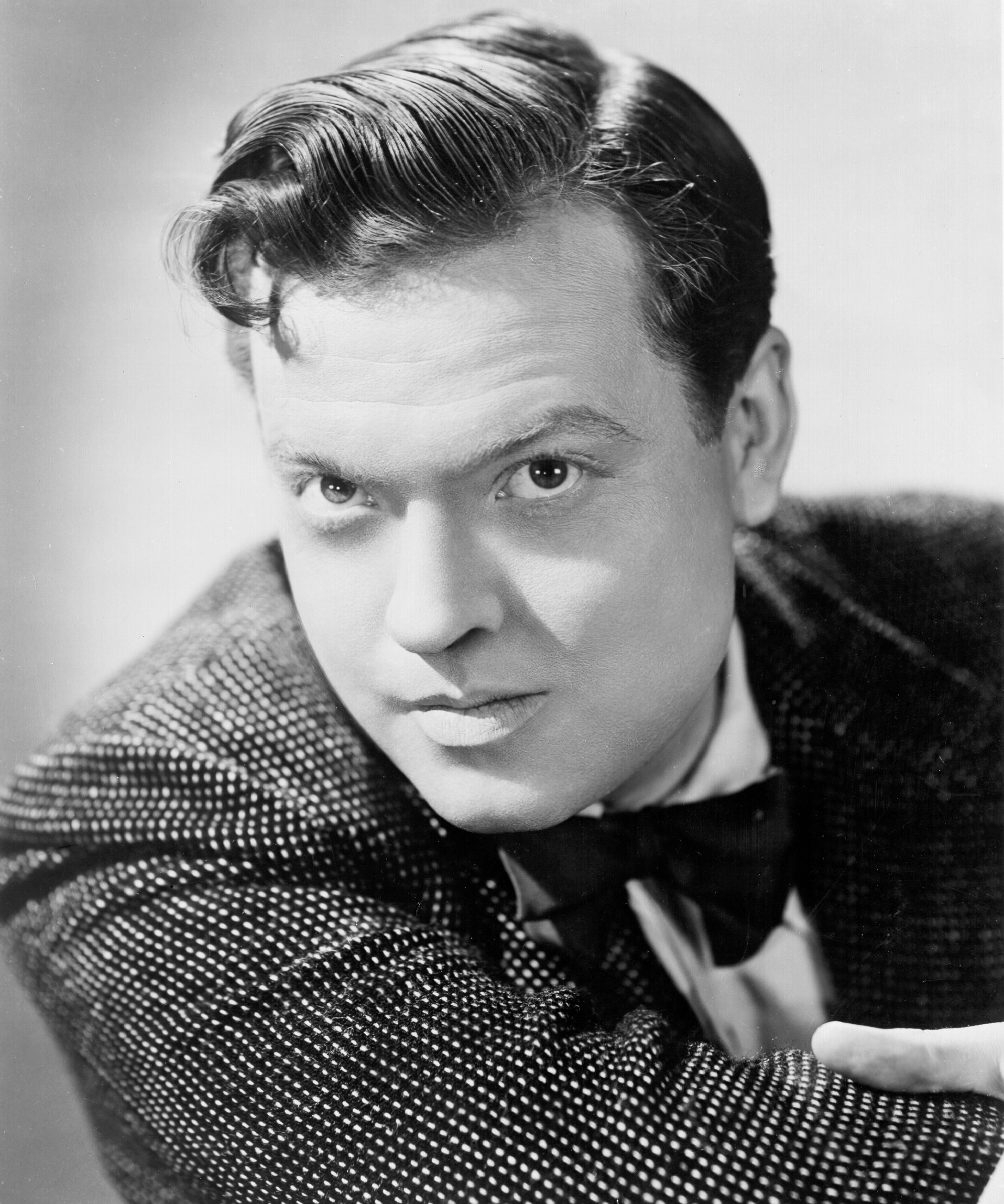
The Real Orson Welles
The wunderkind director, who helmed a major theatre show at just 20, has been praised as “the ultimate auteur.” He was just 24 years old when he directed and starred in 1941’s Citizen Kane, his first full length film and studio project, just a year after his infamous “War Of The Worlds” radio broadcast.
Welles reportedly teamed up with Mank to ghostwrite radio programmes, but eventually recruited him as a co-writer of what would become Citizen Kane. But the 1971 New Yorker essay from Pauline Kael made the case that Welles did not write the “Citizen Kane” script. The claim upset Welles, who a year later, told Esquire there had been two first drafts of Citizen Kane.”We’d started to waste too much time haggling. So, after mutual agreements on the story line and character, Mank went off with [his collaborator, John] Houseman and did his version, while I stayed in Hollywood and wrote mine,” he said. “At the end, naturally, I was the one who was making the picture, after all—who had to make the decisions. I used what I wanted of Mank’s and, rightly or wrongly, kept what I liked of my own.” In that same piece, Welles’ secretary at that time, Katherine Trosper, also vouched for her boss, saying that if he didn’t work on the script “then I’d like to know what was all that stuff I was always typing for Mr. Welles!”
Citizen Kane, a non-linear film that tells the story of a media magnate’s life, was not an immediate hit, but in the decades since, it’s widely considered the best American film ever made. Photo: Michael Ochs Archives/Getty Images.

Tom Burke Plays Orson Welles
Who is Orson Welles?
The wunderkind behind Citizen Kane who may or may not have had a hand in writing the film’s script, but certainly made quite an impression with the film.
Where You’ve Seen Burke Before: The Crown, The Souvenir, StrikePhoto: Courtesy of Netflix.

The Real William Randolph Hearst
William Randolph Hearst was a newspaper publisher and a powerful media magnate who had no problem stretching the truth to sell papers. It might be how he earned the nickname “the most hated man in America.” Many cited his paper’s sensationalised stories about Cuba as the reason America got involved in the Spanish-American War. After building a monopoly of papers and radio stations, he also used his influence to smear those things he didn’t like including Citizen Kane.
Orson Welles would claim his film’s protagonist Charles Foster Kane, a self-absorbed and power-hungry newspaper man, was not based on Hearst, but few, including Hearst, believed him. The character had too many parallels to Hearst’s own life: both owned elaborate mansions, both used their papers to start a war, both ran for political office and lost. The fact Mank was a former dining partner of Hearst and his longtime lover Marion Davies. No surprise, Hearst didn’t like the unflattering portrayal of him and used his power to turn the film into a flop. None of his publications covered it, forbidding them to publish ads, and he worked to keep the film out of cinemas, going as far to bribe the studio head behind Citizen Kane to burn the footage. He also reportedly pushed J. Edgar Hoover, then head of the F.B.I., to investigate Welles.
While the film only broke even at the box office, in large part due to Hearst’s sabotage, the film has gone on to be considered a masterpiece of American filmmaking. In 2012, Citizen Kane played at Hearst Castle with the permission of his family, who wanted to make it clear it was a work of fiction. “The character Orson Welles depicted was quite a bit more flamboyant and outgoing than W.R. was,” Steve Hearst, his grandson, told the Los Angeles Times. “He wasn’t the kind of guy who would be dancing in the editorial room with his staffers.”
Photo: Ullstein Bild/Getty Images.

Charles Dance Plays William Randolph Hearst
Who is William Randolph Hearst?
The publishing magnate whose life story becomes the inspiration for Mank’s Citizen Kane script.
Where You’ve Seen Dance Before: Game Of Thrones, The Crown, Me Before YouPhoto: Courtesy of Netflix.

The Real Marion Davies
A talented comedienne who got her start with the Ziegfeld Follies. She was the biggest female star at the box office in the early 1920s. She was also the longtime lover of newspaper publisher William Randolph Hearst, who, in 1918, formed a production company to produce her films. Many believe this was the beginning of the end for Davies’ acting career, who Hearst preferred to see in dramas, despite her comedic talents. In the late 1930s, she would retire from acting all together.
While Citizen Kane was about Hearst’s life, Davies, as the film shows, was not the model for Susan Alexander Kane, the talentless opera star who marries Charles Foster Kane. Thought that didn’t stop people from assuming she was. “It seemed to me to be something of a dirty trick and still strikes me as something of a dirty trick,” the film’s director Orson Welles said in 1982. “What we did to her.” (Some also believe that “Rosebud” was the pet name Hearst gave her genitalia.) What is true, is that, in the 1930s Davies sold her jewellery and liquidated stocks to help Hearst keep his castle in San Simeon when he got into financial trouble. She gave him a million dollars and then worked to get him more. “She actually convinced another girlfriend to give him another million dollars,” Victoria Kastner, Hearst Castle historian and author of Hearst Ranch: Family, Land and Legacy, said in 2013.
While the film implies that Davies, who died in 1961, had spoken to Mank about the script for Citizen Kane, in her posthumous 1975 autobiography, The Times We Had: Life with William Randolph Hearst, she claimed she never watched the finished film.
Photo: John Kobal Foundation/Getty Images.
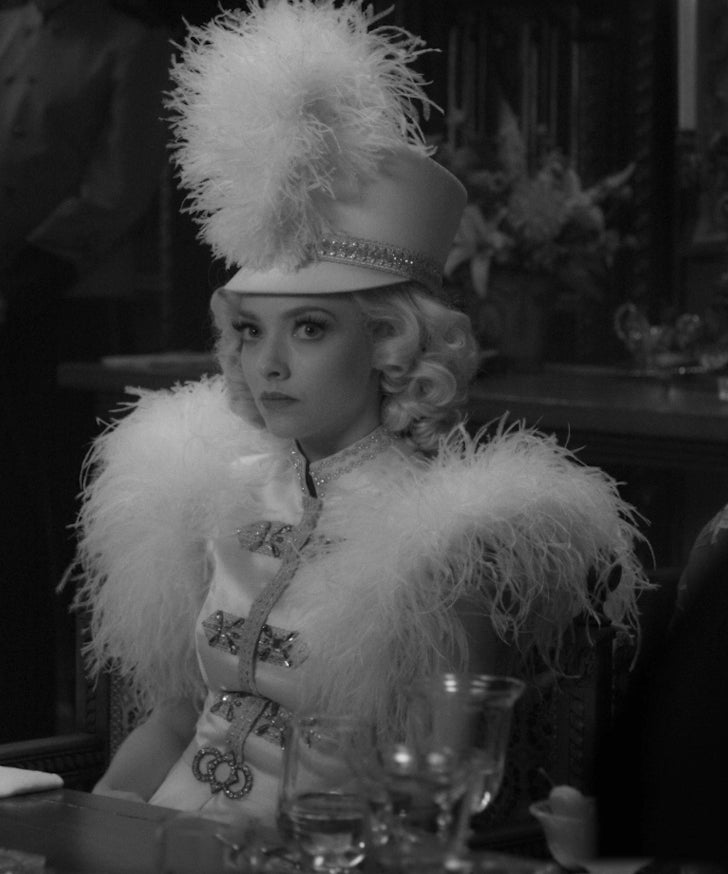
Amanda Seyfried Plays Marion Davies
Who is Marion Davies?
A Brooklyn-born movie star who is William Randolph Hearst’s longtime mistress and a close confidante of Mank’s.
Where You’ve Seen Seyfried Before: Mean Girls, First Reformed, Mamma Mia! and Mamma Mia! Here We Go AgainPhoto: Courtesy of Netflix.

The Real Rita Alexander vs. Lily Collins As Rita
Who is Rita?
In the movie, Rita is Mank’s private secretary who helps him transcribe his Citizen Kane script while he is recovering from a car accident.
Who was the real Rita?
In real life, the British Alexander was his private stenographer, emphasis on the private. Collins told Vogue that it was hard to find much information on Alexander. “I think I saw two photos of her,” she said, which is better than us, who couldn’t find a single photo of her to use with this piece.
However, Alexander is cited in film critic Pauline Kael’s 1971 New Yorker essay “Raising Kane,” which first raised the question whether Orson Welles wrote Citizen Kane. (It has since been mostly debunked.) In it, Alexander said that she “took the dictation from Mankiewicz from the first paragraph to the last… and later did the final rewriting and the cuts, and handled the script at the studio until after the film was shot.” She also claimed that Welles “didn’t write (or dictate) one line of the shooting script of Citizen Kane.”
She admitted that she is the reason Mankiewicz named Charles Foster Kane’s first wife, Susan Alexander Kane.
Where You’ve Seen Collins Before: Emily In Paris, To The Bone, Mirror, MirrorPhoto: Courtesy of Netflix.

The Real Joseph L. Mankiewicz
Herman’s little brother would go on to become the more famous of the Mankiewicz brothers. Over the course of his 40-year career, which began in the ’30s, the Hollywood director, writer and producer. made The Philadelphia Story, Cleopatra, and All About Eve.
His relationship with Herman was complicated, according to Sydney Ladensohn Stern, who wrote the biography, The Brothers Mankiewicz: Hope, Heartbreak, and Hollywood Classics. In no small part due to their 12-year age difference. “During Joe’s boyhood, Herman was an idolised father figure as well as a beloved older brother,” she said last year. “Then he fell off his pedestal.”
Mankiewicz died at 83, in 1993, four decades after his older brother.Photo: John Springer Collection/Corbis/Getty Images.
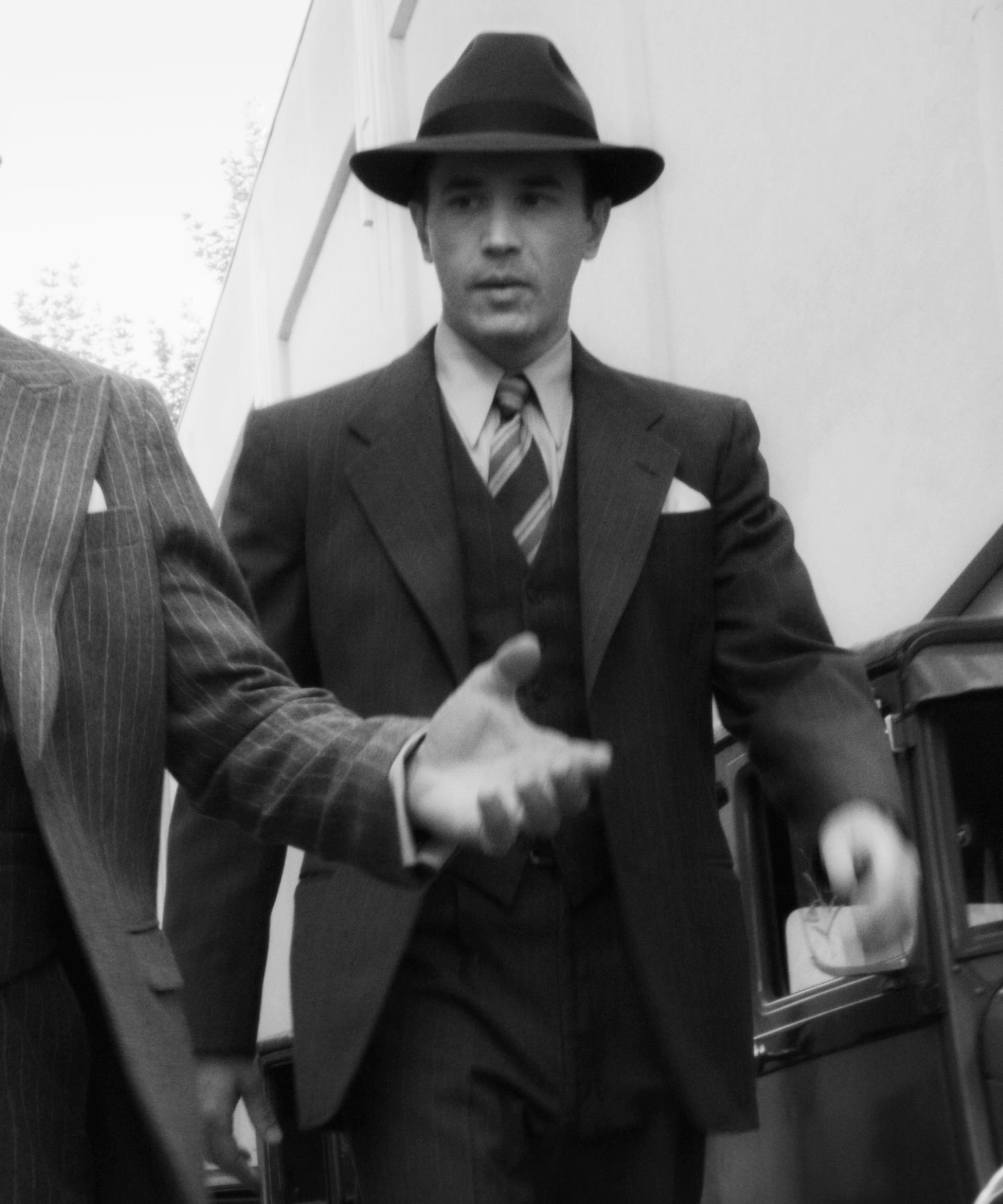
Tom Pelphrey Plays Joseph L. Mankiewicz
Who is Joseph?
Mank’s younger brother who Mank brings to Hollywood, but ends up being a sort of guardian angel for him.
Where You’ve Seen Pelphrey Before: Ozark, Banshee, As The World TurnsPhoto: Courtesy of Netflix.

The Real Sara Mankiewicz vs. Tuppence Middleton As Sara
Who is Sara?
Better known as “Poor Sara” in the film, she’s Mank’s wife who gets stuck cleaning up all of his messes.
Who was the real Sara?
In real life, Sara Aaronson was a girl from Baltimore who married Mankiewicz in 1920 and was soon whisked off to Berlin for his job as a correspondent with the Chicago Daily Tribune. Unfortunately, “contrary to what he had told everyone, Herman did not really have a job with the Chicago Tribune,” according to Sydney Ladensohn Stern, who wrote 2019’s The Brothers Mankiewicz via the Chicago Tribune. “He had planned to tell Sara on the way over, but somehow he kept losing his nerve.” Poor Sara indeed.
She later revealed that when he won the Best Writing Oscar, Mankiewicz barely reacted to his name being called.
Where You’ve Seen Middleton Before: Downton Abbey, The Imitation Game, Sense8Photo: Karwai Tang/WireImage.

The Real Louis B. Mayer
The film producer with a well-known temper and a history of alleged sexual abuse co-founded the Metro-Goldwyn-Mayer (MGM) studio in 1924. He produced legendary films like Ben-Hur, which made MGM the most prestigious studio in its day. He’s considered one of Hollywood’s early power players, which is why William Randolph Hearst went to him for help when trying to make sure Citizen Kane would never be seen. It didn’t hurt that the two men were friends with similar management styles — Hearst, 20 years his senior, called him “son” — who used their relationship to help their bottom lines: Hearst would finance MGM films and then review them in his papers. Cha-ching.
Hearst encouraged Mayer to band the other film studio heads together to buy the negative of Citizen Kane from RKO, the studio behind the film, and destroy it. While he never went that far, Mayer did manage to convince cinemas around the US not to show the film. Photo: John Springer Collection/Corbis/Getty Images.

Arliss Howard Plays Louis B. Mayer
Who is Louis B. Mayer?
The film producer and co-founder of Metro-Goldwyn-Mayer studios. He was also the chairman of California’s Republican party, which plays an important role in Mank.
Where You’ve Seen Howard Before: Moneyball, True Blood, The Time Traveler’s WifePhoto: Courtesy of Netflix.

The Real Irving Thalberg
Known as the “Boy Wonder,” Thalberg was running Universal Pictures at 20. By 24, he
co-founded MGM with Louis B. Mayer. While Mank casts him as Mayer’s right-hand henchman, in real life, he was more of a creative force in the film industry. Vulture believes Thalberg created the role of creative producer, who oversees the whole process of making a film from pre-production to post. He introduced test screenings for audience to see the films before they’re released. However, he did really produce fake newsreels in opposition to the 1934 California gubernatorial candidate Upton Sinclair, just as the Netflix film shows.
He died at the age of 37, but was later memorialised by the Oscars with the Irving G. Thalberg Memorial Award for excellence in production.
Photo: Bettmann / Contributor.

Ferdinand Kingsley Plays Irving Thalberg
Who is Irving Thalberg?
Louis B. Mayer’s right-hand man whose political sabotage becomes a major turning point in Mank’s life.
Where You’ve Seen Kingsley Before: Victoria, Still Star-Crossed, Doctor WhoPhoto: Dave Benett/Getty Images.

The Real John Houseman
A longtime collaborator of Orson Welles, who in 1937, co-founded the Mercury Theatre company with the director. In his 1972 memoir, Run-Through, he explained that Welles had hired him as an editor and confidante to Mank as he wrote the script for Citizen Kane. He claimed that he stayed with Mank at the ranch, sharing a two bedroom suite. He wrote that Mank bounced ideas off of him, implying in his book that he had a hand in helping him come up with the outline for the script. “We started with the image of a man—a giant, a tycoon, a glamour figure, a controller of public opinion, a legend in his own lifetime,” Houseman wrote. “As we talked we asked each other how this man had got to be the way he was, made the choices he did.” Houseman wrote that those discussions helped them “[find] the dramatic structure of the film.”
In 1962, Houseman told the magazine Sight & Sound, that he felt Mank was the real author of the script. “I think Welles has always sincerely felt that he, single-handed, wrote Citizen Kane and everything else that he has directed — except, possibly, the plays of Shakespeare,” he said. “But the script of Kane was essentially Mankiewicz’s.” Still, according to Ben Mankiewicz, Herman’s grandson, Houseman said that “still, there’s no doubt this was Welles’s movie; it was his direction, his performance, his vision.” Some have argued Houseman should have also received a writing credit for his work on Citizen Kane. He later said that per his agreement with Welles, he was supposed to get “some kind of credit” on the film, which went on to win an Oscar for its screenplay, but it never came to fruition. Something that didn’t seem to surprise Houseman, who claimed it wasn’t easy to get your name on Welles’ projects, according to Pauline Kael’s essay “Raising Kane.” More than thirty years later, Houseman would get his own Academy Award, winning a supporting actor Oscar for his performance in 1973’s The Paper Chase.Photo: David Willis/Evening Standard/Getty Images.
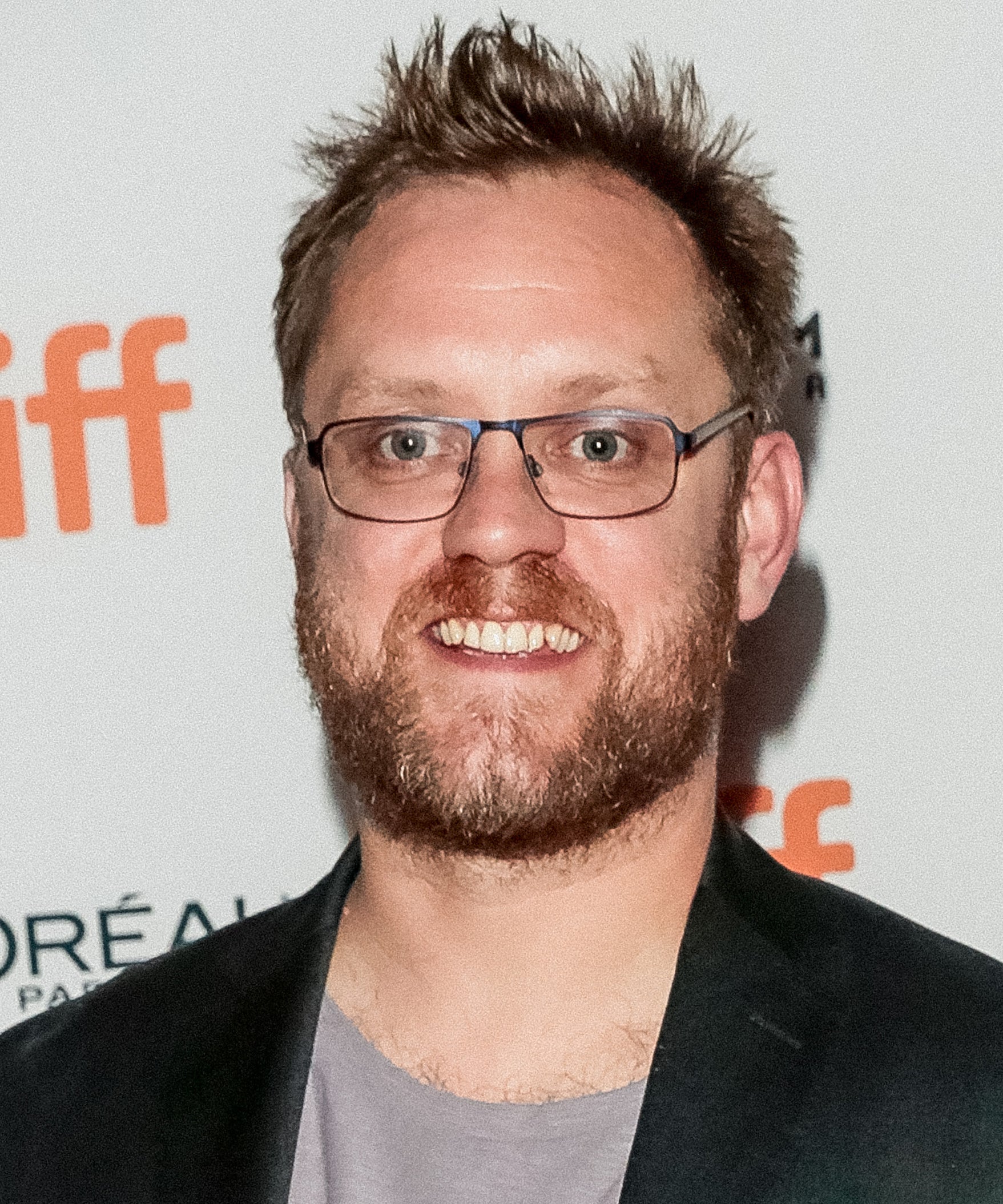
Sam Troughton Plays John Houseman
Who is John Houseman?
The Brit who was sent by Orson Welles to help Mank finish the Citizen Kane script. He does this by becoming a glorified babysitter for the writer struggling with alcoholism.
Where You’ve Seen Troughton Before: Chernobyl, Vera Drake, Alien vs. PredatorPhoto: Brian de Rivera Simon/WireImage.
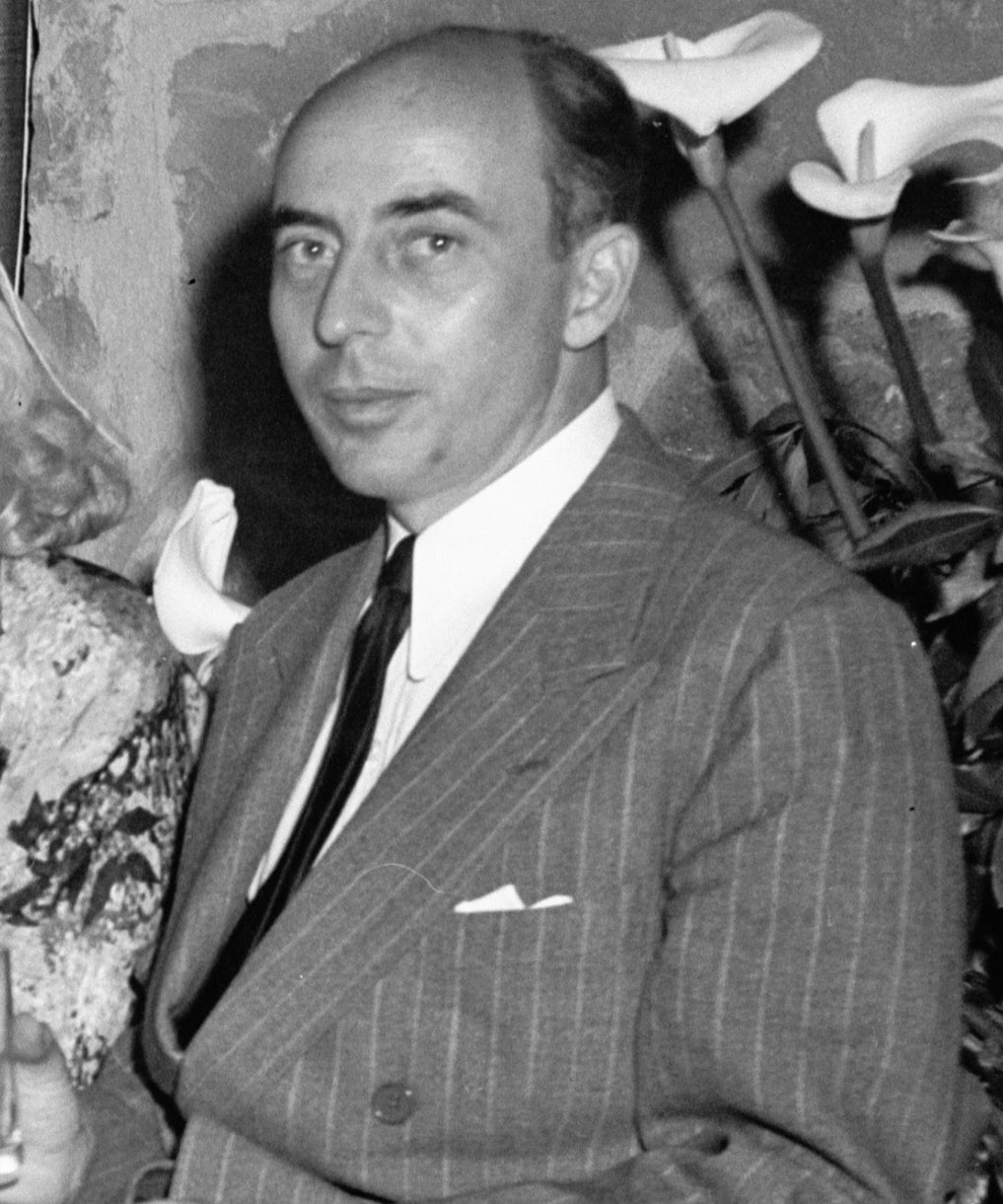
The Real Charles Lederer
A screenwriter, film director and close friend of Herman J. Mankiewicz’s who, along with Mank, became known for inventing the screwball comedy. He was also the nephew of Marion Davies, who became a surrogate mother to him after his parents’s divorce. Lederer was given an early look at the script for Citizen Kane, but did not share the script with Davies. “I gave it back to [Mankiewicz],” he told Esquire in 1972. “He asked me if I thought Marion would be offended and I said I didn’t think so. The script I read didn’t have any flavour of Marion and Hearst—Robert McCormick was the man it was about.”
In that same interview, Lederer also seemed to cast doubt on the idea that his friend wrote Citizen Kane without any help. He said that Mankiewicz complained to him about the “many changes Welles made to the script.”Photo: Los Angeles Examiner/USC Libraries/Corbis/Getty Images.
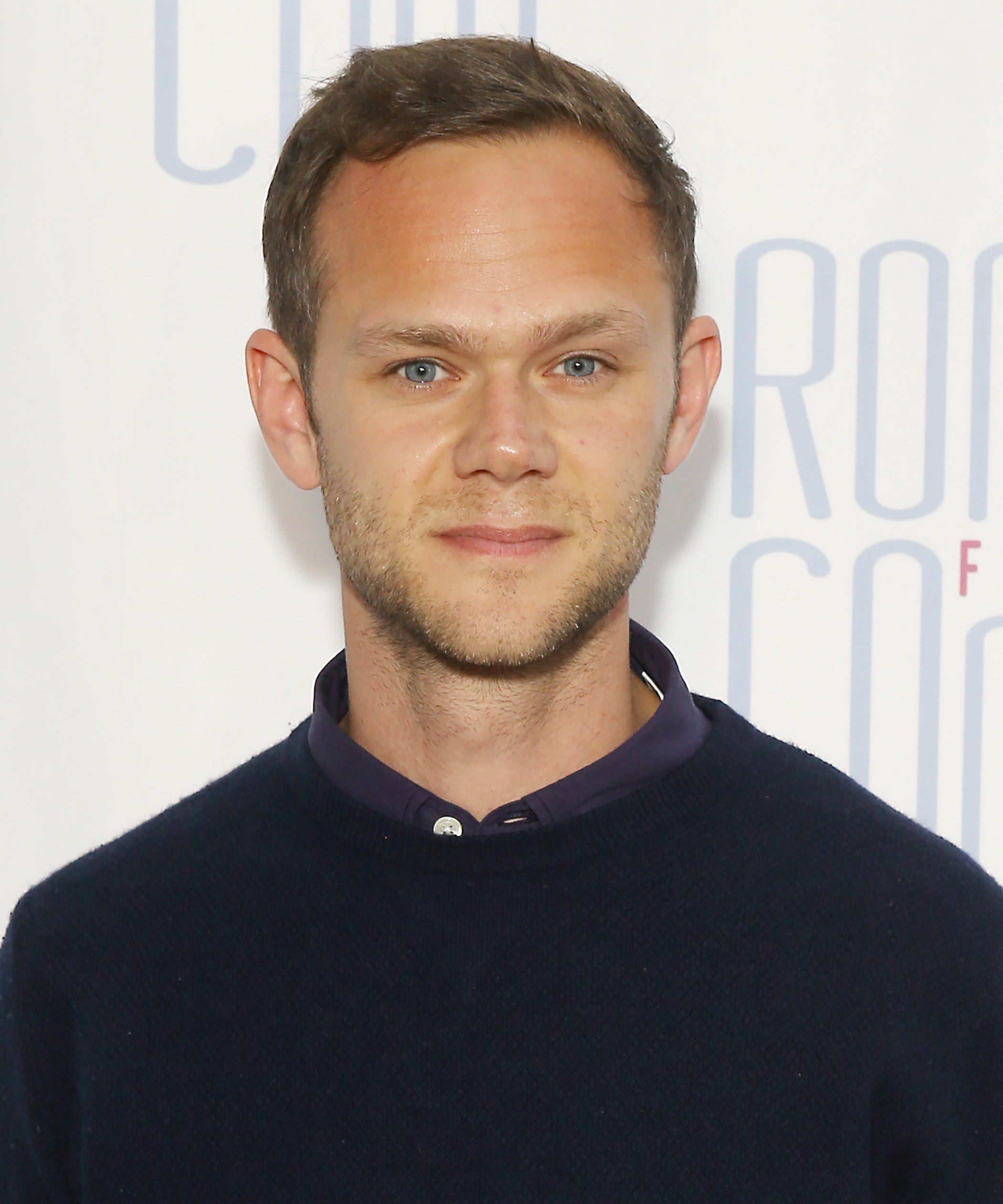
Joseph Cross Plays Charles Lederer
Who is Charles Lederer?
The up-and-coming writer who introduces Mank to his aunt Marion Davies.
Where You’ve Seen Cross Before: Milk, Big Little Lies, MindhunterPhoto: Michael Tran/Getty Images.

The Real David O. Selznick
The American film producer behind 67 feature films including Gone With the Wind, which made him a pioneer of Technicolor.
In 1926, the Pittsburgh-born Selznick moved to Hollywood and started working at MGM. Two years later, he moved to Paramount Pictures where he worked with Herman J. Mankiewicz and continued to studio hop, working for RKO — the studio that would produce Citizen Kane, though not during Selznick’s tenure — before returning to MGM to work for his father-in-law Louis B. Mayer. In 1935, Selznick would create his own independent studio, producing A Star Is Born, Spellbound, Rebecca and Gone With The Wind. In 1937, he reportedly offered Orson Welles a job as the head of his film company’s story department. Welles turned down the offer. Photo: Universal History Archive/Getty Images.

Toby Leonard Moore Plays David O. Selznick
Who is David O. Selznick?
The film producer behind Gone With the Wind and the producer at Paramount Pictures who Mank has a little fun with.
Where You’ve Seen Moore Before: Billions, John Wick, Netflix’s DaredevilPhoto: Bryan Bedder/Getty Images.
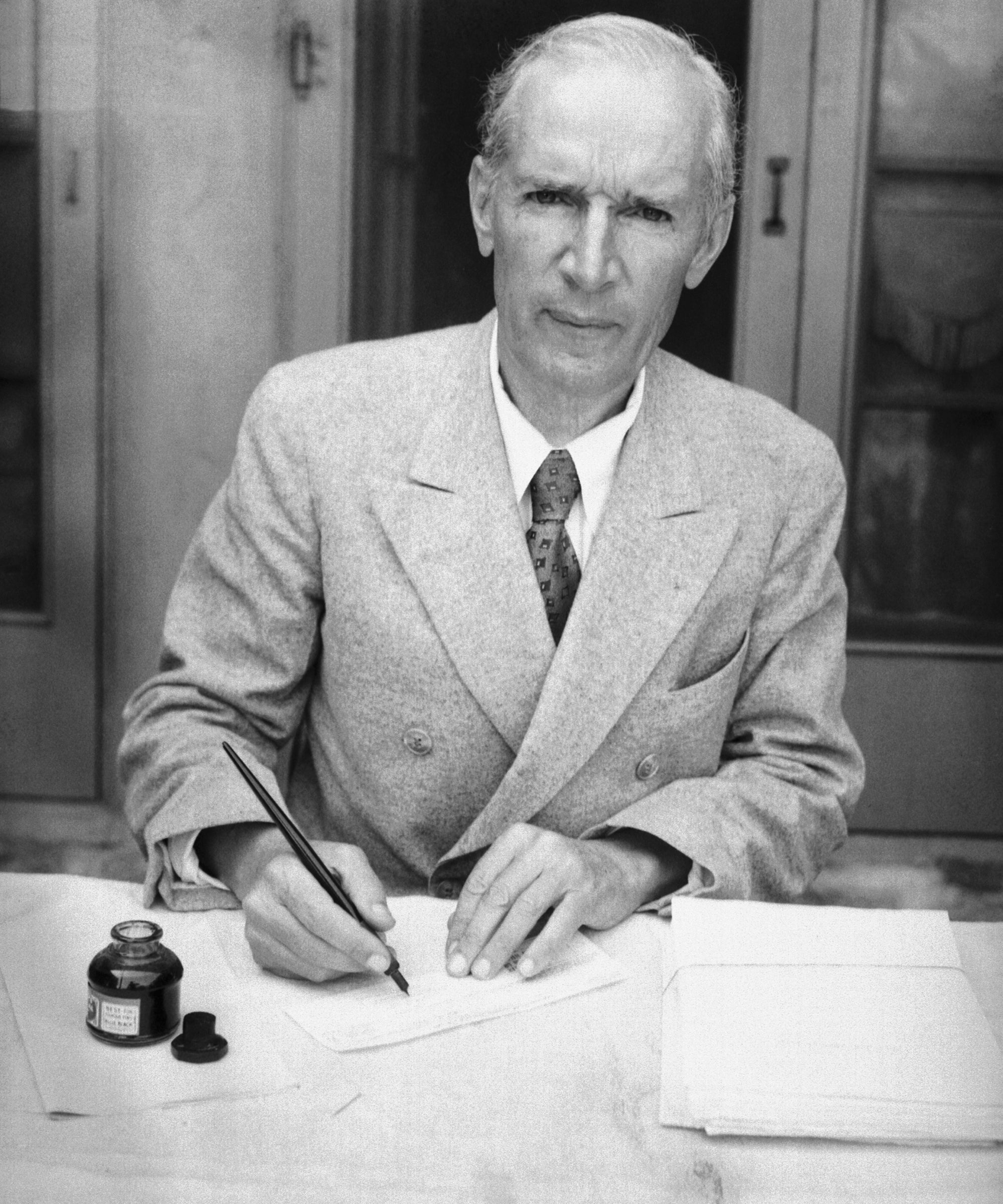
The Real Upton Sinclair
The muckraking novelist Upton Sinclair was known for his fictional meat-packing exposé The Jungle and Oil!, a deep dive into the oil industry, which would later become the inspiration for the film There Will Be Blood. He was also an outspoken social reformer who ran for California governor in 1934 against Republican Frank Merriam under the “End Poverty in California” or EPIC platform. He encouraged the creation of co-ops to help those who were suffering through the Great Depression.
Hearst’s papers and other conservative media painted Sinclair as a communist. Louis B. Mayer produced fake anti-Sinclair newsreels — the first attack ads —that claimed if he won, the film industry would be forced out of Hollywood. Mayer, who was the California state chairman of the Republican party, encouraged his employees to support Merriam by donating a portion of their wages. Sinclair lost the race, in no small part due to Mayer’s negative campaign that feels all too familiar in this age of disinformation.Photo: Bettmann/Getty Images.

Bill Nye Plays Upton Sinclair
Who is Upton Sinclair?
The writer behind The Jungle whose 1934 gubernatorial run in California becomes a game-changer for Mank.
Where You’ve Seen Nye Before: Well, he is the Science Guy, but he also acted in episodes of Blindspot, American Dad, and The Big Bang TheoryPhoto: Amanda Edwards/Getty Images.
Like what you see? How about some more R29 goodness, right here?